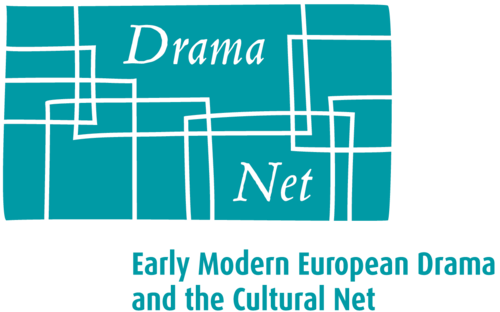About
The DramaNet project was funded by a five-year ERC Advanced Grant (2011 to 2016).
By means of the theoretical concept of the Cultural Net, the research project reframes the reading of Early Modern European drama and its global disseminations.
It is a widely held belief that Early Modern literary culture in general was rather late in reacting to the fundamental religious, political, and social developments in contemporaneous European societies. From this, Early Modern drama presents a distinctive departure: the dramatic performances and productions of those times mark the establishment of a pervasive visual culture, i.e. leading form of mass media.
Unlike their predecessors, Early Modern European dramatists anticipated a given contemporary audience in their writings: an audience that itself had changed and diversified to include the illiterate working class along with the nobility. Such a broadening effect vis-à-vis the audience of literary works did not expand to other genres until centuries later, when literacy became considerably more widespread.
DramaNet operates on the idea of the Cultural Net as a non-hierarchical structure, intentionally created by human beings for various purposes. The project’s research theory is based on the conceptual idea of a network enabling a multi-directional circulation of any forms (mental, artistic, literary or societal concepts as well as material items), at the same time facilitating the withdrawal of floating material from the net unregarded its spatial or temporal origin. Making use of the cultural net as an analytic tool releases literary texts from the boundaries of national cultures. The exchange of conceptual aspects and material forms within European national states ‒ as well as between Europe and the non-European East, such as India, China, or Japan ‒ are at the core of what defines Early Modern culture.
The transcultural lens adopted by the DramaNet project facilitates analyzing traits common to spatially or temporally separated dramatic works, while also permitting a closer look at the reception of a particular play in a given time or place remote from its origin. This includes the role of mass media as a tool for social integration, the question of how Early Modern mass culture relates to other phenomena of the Early Modern era, as well as the extent to which Early Modern theatre itself may be considered decidedly “modern”.



